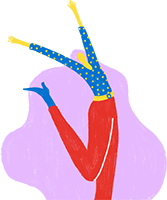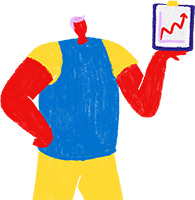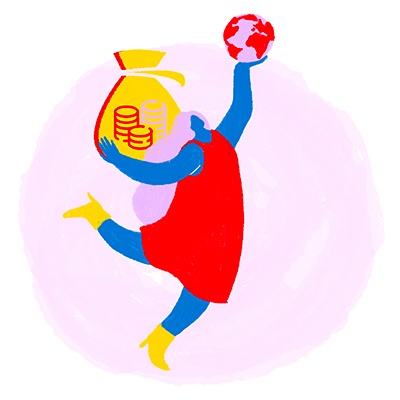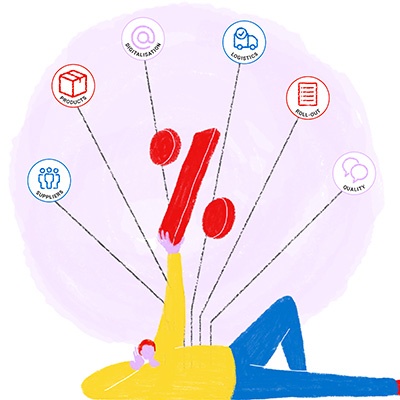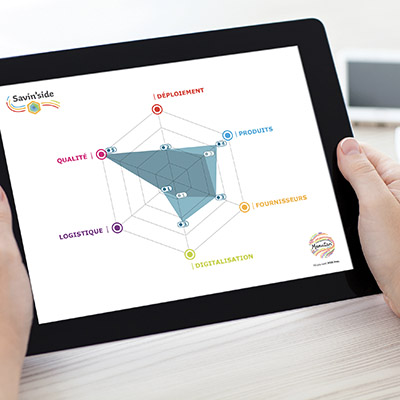Purchasing and procurement are two key functions at the heart of the supply chain. While often used interchangeably, these related concepts have distinct roles. Purchasing focuses on acquiring the goods and services necessary for the company's operations, while procurement concentrates on operational execution. Understanding the difference between procurement and purchasing activities is crucial to ensure optimal supply chain management.
H2 - Purchasing: Mission, steps, and challenges
Purchasing includes all strategic processes and activities related to acquiring goods, products, and services necessary for a company's smooth operation. The purchasing function must accomplish this mission under the best possible conditions, ensuring the best cost, quality, and compliance that meet the company needs.
Purchasing management is a fundamental pillar of the corporate strategy. As such, the purchasing strategy must reflect the company's values and policies, emphasising aspects like sustainable procurement.
H3 - The main steps of purchasing
The purchasing function involves several major steps, from identifying needs to evaluating supplier performance.
H4 - Identifying needs
This initial step involves identifying the needs of internal customers and determining the precise specifications of the required goods and services.
H4 - Supplier strategic sourcing
This second step requires in-depth market analysis, conducting tenders, and evaluating potential suppliers according to predefined criteria (pricing, quality, deadlines, etc.).
H4 - Negotiation and contract management
Purchasing also involves negotiating contract terms and conditions (price, delivery times, payment terms, etc.) to formalise agreements with suppliers. This third step officially establishes the transactional relationship.
H4 - Monitoring and evaluating supplier performance
This final step involves ensuring that suppliers comply with the contract terms, whether in terms of quality, quantity, or delivery times. It also involves regularly conducting performance evaluations to adjust strategies while maintaining solid supplier relationships.
H3 - Purchasing challenges
Buyers face challenges in terms of costs, risks, and value creation.
H4 - Optimising Total Cost of Ownership
They strive to optimise the Total Cost of Ownership (TCO) while ensuring the quality of purchased products and services. This involves thorough research, selection, and contract negotiation with the supplier panel.
H4 - Risk mitigation
As global supply chains become more complex, buyers must also mitigate risks by choosing reliable suppliers and implementing appropriate strategies.
H4 - Value creation
By developing strategic partnerships with suppliers, purchasing also contributes to the company's competitive advantage.
H2 - Procurement: Mission, steps, and challenges
Procurement's mission is to plan and manage incoming flows in the company: Raw materials, components, finished goods or services. This aims to ensure the continuous availability of resources necessary for manufacturing and customer satisfaction.
This function therefore focuses more on the execution and operational management of purchases, forming an integral subset of the overall purchasing processes but is also part of supply chain management.
H3 -The main steps of procurement
The procurement process extends from needs planning to the storage or final use of goods.
H4 - Needs planning
The procurement function identifies needs over a period and schedules the company's replenishment while striving to minimise costs.
H4 – Receipt of goods
This step involves receiving products and, more importantly, verifying that the delivered goods meet the company's expectations, standards, and specifications.
H4 - Stock management
This involves accurately tracking the inflow and outflow of goods to avoid overstocking or understocking. Teams generally use procurement software platforms to allow for the automation of this step.
H4 - Internal distribution
The goods are then distributed to the various company departments. Through efficient organisation, this step should contribute to maintaining smooth operations.
H4 - Returns management
Lastly, the procurement function handles returning non-compliant goods to suppliers. The priority is to minimise disruption to activities and costs.
H3 - Procurement challenges
Procurement faces two key challenges: Cost savings and end-customer satisfaction.
H4 - Cost reduction
Procurement generally represents half of the cost price of goods. The procurement team must ensure proper stock control to reduce costs.
Customer satisfaction
Effective procurement management helps avoid all contingencies (shortages, delays, etc.). This is how the company manages to deliver orders to end customers under ideal conditions, thus contributing to their overall satisfaction.
The difference between purchasing and procurement
As you've understood, while complementary, purchasing and procurement differ mainly in their objectives, orientation, and time scale.
Main and secondary objectives
Buyers have both strategic and economic objectives: Optimising total purchase costs and managing supplier relationships to enhance their company's competitiveness and profitability.
Procurement managers have an operational objective: Orchestrating the entire procurement cycle to ensure timely availability and optimise stock levels.
Orientation and time scale
Buyers are mainly oriented towards the outside of the company. They constantly monitor the market and manage vendor relationships, adopting a medium to long-term vision.
Procurement managers are more oriented towards the inside of the company. They are in charge of meeting deadlines and compliance with internal customers and users, with a short-term vision.
|
|
Purchasing |
Procurement |
|
Main objective |
Strategic and economic |
Operational |
|
Secondary objective |
> Purchase costs optimisation > Supplier relationship management |
> Ensuring timely availability of goods to avoid stockouts |
|
Orientation |
Supplier market |
Customer / User |
|
Time scale |
Medium and long term |
Short term |
How to organise in a company?
In small structures, these two functions are often combined under the same management. However, the risk is that short-term concerns and problems may overshadow long-term goals.
In larger companies, the functions are generally separated. As Olivier Bruel and Pascal Ménage, both procurement experts, point out in their book "Politique d'achat et gestion des approvisionnements" (Purchasing policy and procurement management): "Purchasing and procurement are two distinct professions, requiring different skills and profiles. [...] In this approach, buyers and procurement managers must be separate players with different profiles. Procurement managers can then form a specific entity within a function that is still called 'purchasing/procurement’ or be separated and depend directly on an autonomous supply chain function."
Some companies also decentralise the procurement act to the users themselves. They rely on dedicated digital solutions like Punch Out to allow them to incur expenditures without intervention from the procurement department. However, this option generally applies to service companies, particularly for non-strategic purchases.
Procurement and purchasing therefore represent two key functions, inseparable from each other. Purchasing initialises transaction flows, which are then managed by procurement. A solid synergy between these two functions allows for cost control and improves the organisation's responsiveness and adaptability. Together, they are essential to the stability and operational success of any company.


